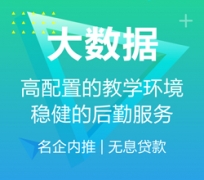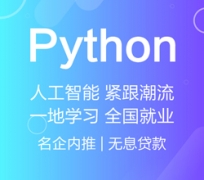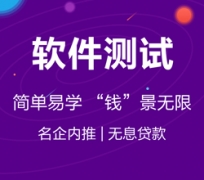学习资讯
Python字符串常用操作命令
本代码测试采用python3解释器
1.find string = "i love python very much " 检查字符串是否包含在string中,如果包含则返回字符串开始的下标(索引),如果不包含则返回-1
string = "i love python very much "
string.find("love")
2
string.find("study")
-1
rfind 和find类似,*是从右侧开始查找,因为有的字符串在原字符串中会有多个,但返回值只有*一个,所有rfind是属于右侧优先原则
2.index 作用和find一样,但如果不包含字符串则抛异常(报错),rindex和rfind类似
string = "i love python very much "
string.index("love")
2
string.index("study")
Traceback (most recent call last):
File "<input>", line 1, in <module>
ValueError: substring not found
3.count 返回字符串在目标字符串中出现的次数
string = "i love python very much "
string.count("o")
2
string.count("python")
1
string.count(" ")
5
string.count("study")
0
4.replace 将字符串中指定的字符串用其它字符串进行替换
string = "i love python very much "result1 = string.replace("python","girl")
result1
'i love girl very much '#本行代码中的2指得是较多使用—_替换两个空格,第三个参数不写默认为0
result2 = string.replace(" ","_",2)
result2
'i_love_python very much '
5.split 以指定字符分割切片字符串,返回值为list列表,无参数默认为空格分割
string = "i love python very much "#不写参数默认使用空格分割,且连续多个空格视为一个#若空格在首部或尾部则不再往两端分割result3 = string.split()
result3
['i', 'love', 'python', 'very', 'much']
result4 = string.split(" ")
result4
['i', 'love', 'python', 'very', 'much', '']
result5 = string.split("e")
result5
['i lov', ' python v', 'ry much ']
6.capitalize 将字符串首字母转换成大写
string = "i love python very much "result6 = string.capitalize() result6 'I love python very much '
7.title 将字符串中每个单词的首写
result7 = string.title() result7'I Love Python Very Much '
8.starswith 检查字符串开头是否包含指定字符串
string = "i love python very much "result9 = string.startswith("i")
result9
True
result10 = string.startswith("a")
result10
False
9.endswith 检查字符串结尾是否包含指定字符串,和startswith类似
string = "i love python very much "result11 = string.endswith(" ")
result11
True
result12 = string.endswith("ab")
result12
False
10.lower 将字符串中所有的大写字母转化为小写
string = "i love python very much"result13 = string.lower() result13'i love python very much' 11.upper 将字符串中所有的小写字母转化为大写,和lower相反的作用 string = "i love python very much"result14 = string.upper() result14'I LOVE PYTHON VERY MUCH'
12.ljust 返回一个原字符串左对齐,并使用空格来填充剩余位置的字符串
string =" hello"result15 = string.ljust(10) result15 'hello '
13.rjust 返回一个原字符串右对齐,并使用空格来填充剩余位置的字符串
string =" hello"result16 = string.rjust(10) result16 ' hello'
14.center 返回一个原字符串居中对齐,并使用空格来填充剩余位置的字符串
string =" hello"result17 = string.center(9) result17 ' hello '

更多培训课程,学习资讯,课程优惠等学校信息,请进入 长春南关区java培训长春宽城区C语言培训 网站详细了解,免费咨询电话:400-998-6158


















